Regulatory Support
Regulatory support is emerging as a significant driver for the Fly Ash Microsphere Market. Governments worldwide are implementing policies that encourage the use of recycled materials in construction and manufacturing. These regulations not only promote environmental sustainability but also provide financial incentives for industries that adopt eco-friendly practices. The Fly Ash Microsphere Market stands to benefit from such supportive frameworks, as they facilitate the integration of fly ash microspheres into various applications. For example, the construction sector is increasingly mandated to use sustainable materials, which could lead to a substantial increase in the adoption of fly ash microspheres. This regulatory landscape is likely to foster innovation and investment in the market, further propelling its growth.
Technological Innovations
Technological innovations play a crucial role in shaping the Fly Ash Microsphere Market. Advances in processing techniques have improved the quality and performance of fly ash microspheres, making them more appealing for various applications. For instance, the development of advanced separation and purification methods has led to higher purity levels, which enhances their effectiveness in lightweight concrete and other composite materials. The market is expected to expand as manufacturers adopt these cutting-edge technologies, potentially increasing production efficiency and reducing costs. As a result, the Fly Ash Microsphere Market may experience a surge in demand from sectors such as construction, automotive, and aerospace, where lightweight and high-performance materials are increasingly sought after.
Sustainability Initiatives
The increasing emphasis on sustainability initiatives is a pivotal driver for the Fly Ash Microsphere Market. As industries strive to reduce their carbon footprint, the utilization of fly ash microspheres, a byproduct of coal combustion, presents an eco-friendly alternative to traditional materials. This shift aligns with global environmental regulations aimed at minimizing waste and promoting recycling. The Fly Ash Microsphere Market is projected to witness a compound annual growth rate (CAGR) of approximately 10% over the next five years, driven by the rising demand for sustainable construction materials. Furthermore, the incorporation of fly ash microspheres in concrete not only enhances strength but also reduces the overall weight, thereby contributing to energy efficiency in construction projects.
Diverse Application Potential
The diverse application potential of fly ash microspheres is a compelling driver for the Fly Ash Microsphere Market. These microspheres are not limited to construction; they are also finding uses in industries such as automotive, aerospace, and consumer goods. Their lightweight nature and excellent thermal insulation properties make them suitable for a variety of applications, including lightweight composites and insulation materials. As industries continue to explore innovative uses for fly ash microspheres, the market is likely to expand. The increasing focus on material efficiency and performance across sectors suggests that the Fly Ash Microsphere Market could see a rise in demand, potentially leading to new product developments and market entrants.
Growing Demand in Construction
The growing demand in the construction sector is a primary driver for the Fly Ash Microsphere Market. As urbanization accelerates, the need for innovative building materials that enhance structural integrity while being lightweight is paramount. Fly ash microspheres are increasingly being utilized in concrete formulations, providing improved workability and durability. The construction industry is projected to expand significantly, with estimates suggesting a growth rate of around 8% annually. This trend is likely to bolster the Fly Ash Microsphere Market, as builders and contractors seek materials that not only meet performance standards but also comply with sustainability goals. The versatility of fly ash microspheres in various construction applications positions them as a preferred choice among industry stakeholders.


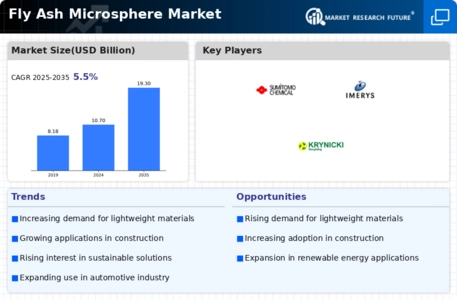
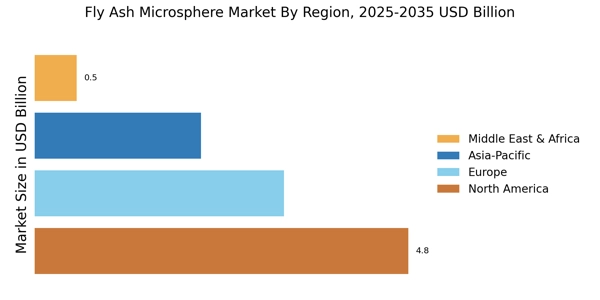
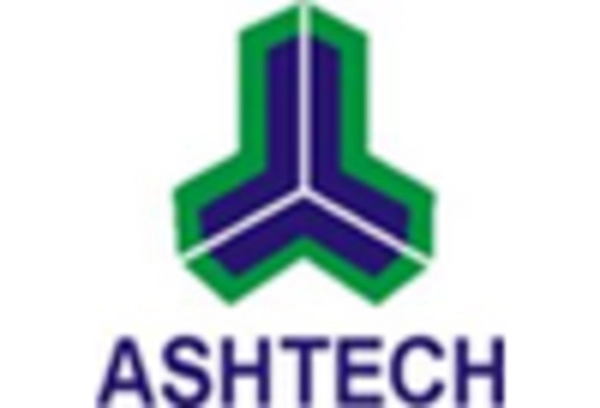
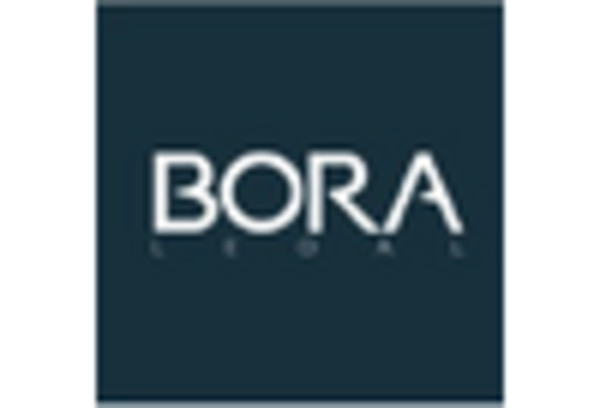



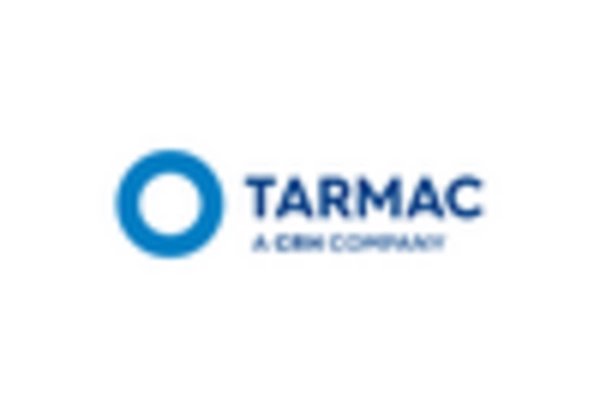








Leave a Comment